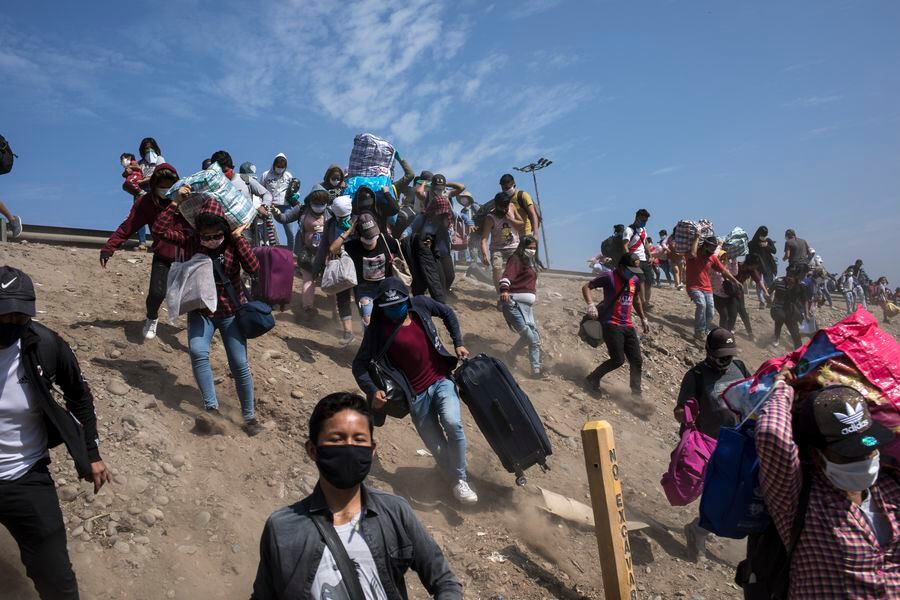
[ad_1]
Almost like a death sentence, the WHO warned on Wednesday that Latin America must prepare to face its worst moment. With 146,312 Covid-19 cases and 7,176 deaths, the region is approaching a dramatic situation due to the coronavirus, according to specialists. The spikes of contagion are already reaching the different countries and the tragic images of Ecuador and Peru have set off alarms about the level of preparedness of the Latin American countries to face them.
“Latin America has two major problems in the face of the pandemic: they are very poor health systems, with a low budget and little presence outside large cities. Almost no Latin American country could resist an outbreak like those in Europe and the United States. The second problem, just as serious, is the economic one. Countries have limited resources, ”Bruno Binetti, researcher at the Inter-American Dialogue, explains to La Tercera.
Thus, as always, the territory is divided into groups: the nations that believe that they are more than ready, those that believe that they do not need further preparation, and those that already experience the first consequences of the health crisis.
Brazil is in the second group. Despite being the Latin American country with the most cases (52,995 and 3,670 deaths), President Jair Bolsonaro considers that there is nothing to fear. In fact, he publicly criticizes the leaders of Congress, the governors and mayors who defend the quarantine measures. Last Sunday, the president participated in a demonstration against the confinement measures and encouraged the participants to request that the Armed Forces intervene so that quarantines cannot be decreed in the states of Brazil.
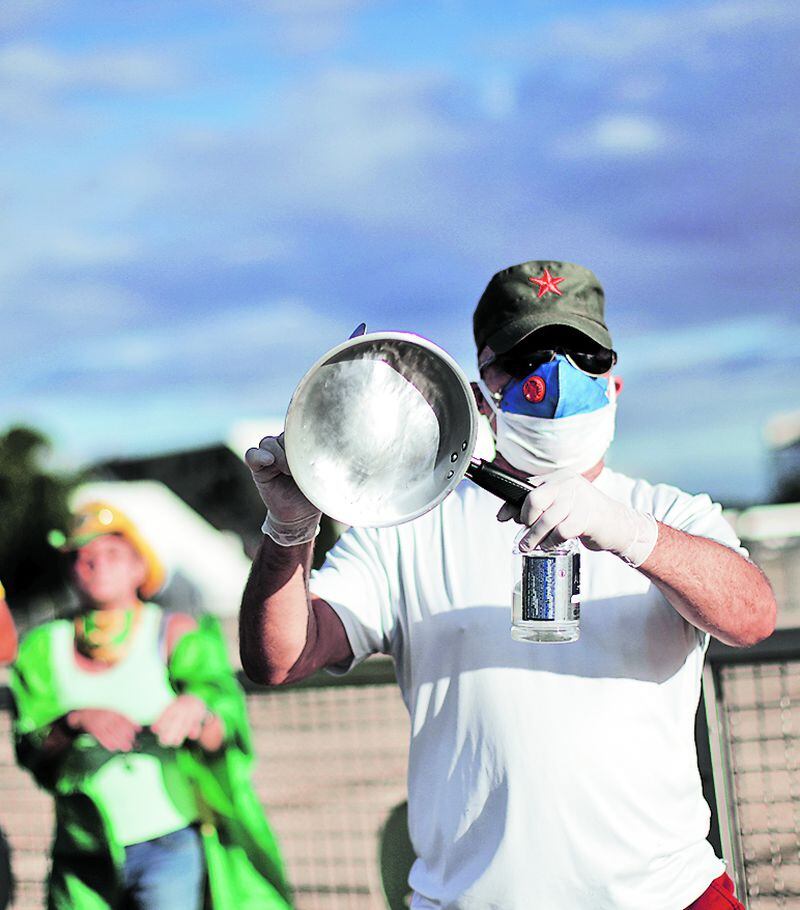
The new Brazilian Health Minister, Nelson Teich, announced that the government will present a new plan to relax social distancing measures. For Bolsonaro, trade is the main priority, since he has indicated that “Brazil cannot stop.”
But while Bolsonaro spreads that message, the mayor of Sao Paulo, Bruno Covas, announced that he will open 13,000 graves in municipal cemeteries. The country registers 17 deaths per million inhabitants.
Ecuador woke up this Friday to the surprise of doubling its official number of infections after obtaining the results of thousands of delayed Covid-19 tests. The country is the second with the highest number of infections in the region, with 22,719 and 576 deaths. The emergency is evidenced by the fact that the authorities put the prisoners to make coffins. There are 33 deaths per million inhabitants, according to Worldometers.
Thus, for the moment in Ecuador, all the restrictions applied by the government have been maintained since March 16, when the state of emergency was decreed. With this, the face-to-face workday and commercial flights were suspended. In addition, public transport does not operate in cities such as Quito and at the national level there is a curfew from 14:00 to 05:00.
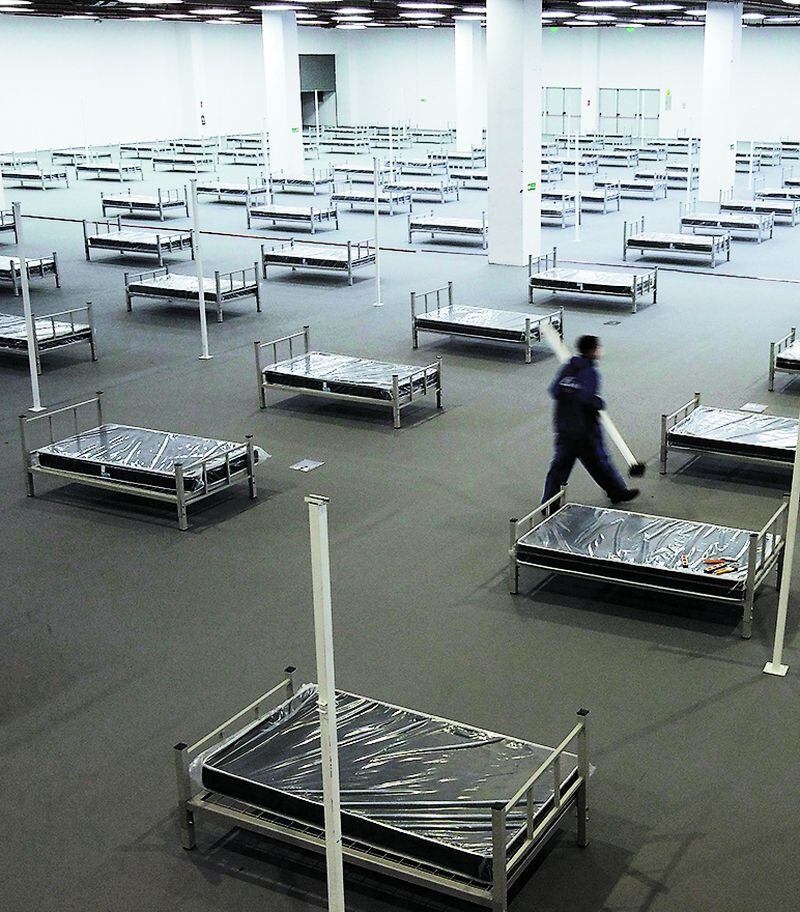
However, an opening is already in sight: “We are going to go from isolation to distancing,” said the government minister, María Paula Romo, who explained that as of May 4, the country will enter a stage of “new normality”, but for the moment the opening of the schools is not foreseen.
On the other hand, President Lenín Moreno has encouraged the approval of the so-called humanitarian law, which prohibits increasing the cost of basic services over the next six months.
In Peru the situation is also alarming. It is the third country with the most infections, with 21,648 cases and 634 deaths. These days Peru, which belongs to the third group of countries, has been the scene of situations such as patients treated in the open, corpses piled in garbage bags and health personnel without the necessary protective equipment. Despite the fact that President Martín Vizcarra decreed a quarantine early, on March 15, the cases only increase. Therefore, the president decided to extend the confinement until May 10.
In addition, from May 4 some activities will resume, so for example restaurants will be allowed to sell dishes with home delivery.
In any case, Vizcarra considers that Peru is the country that is facing the pandemic with the greatest zeal: “In all the countries of the region, who is making the greatest effort to serve the population that requires help from their government at this time Peru is difficult, ”said the President this week, who also announced the delivery of a US $ 223 bond to 6.8 million families, who lost their income due to the pandemic.
Regarding classes, the president has stated that this year there will be no classroom classes.
A country that could be considered as part of the first group, who believe that they are more than prepared, is Argentina. The Alberto Fernández government has congratulated itself on the immediate and strict measures that were taken to prepare for the peak that is expected in the coming weeks.
“We have done less badly than other countries, and although I do not want to claim victory, it has been much better than we thought,” said the Argentine Minister of Health, Ginés González García.
This helped the quarantine that was decreed on March 20. For this reason, despite the fact that the government anticipates that the peak could occur by mid-May, a progressive opening of the restrictions has already been announced. With a targeted quarantine, nine provinces of the country will begin to relax their measures with the resumption of a series of activities prohibited since March.
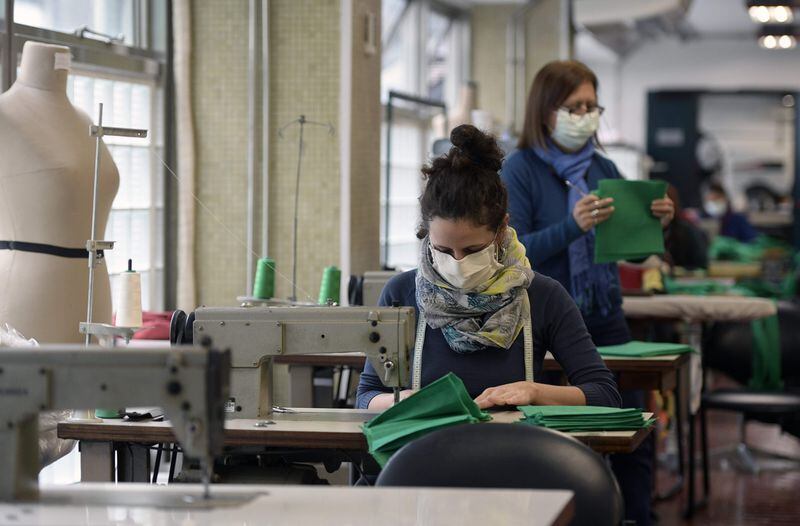
The president also allowed organizations from 11 sectors to reopen, but Fernández will maintain the measures until May 10. Meanwhile, back to school is projected for August.
In any case, The Economist warns of a risk: “Both Fernández and the country he leads are entering a dangerous phase: the pressure to mitigate the quarantine is growing before the pandemic reaches its peak.”
Meanwhile, Chile is also already thinking about its “new normal” strategy just at the moment when the peak should touch land. The government announced the return of public officials to their jobs, a gradual plan to return to school and the opening of shopping centers.
Although President Andrés Manuel López Obrador initially ignored the recommendations for social distancing in Mexico, the restriction measures were put into effect in March, and on Tuesday the government announced that phase three was beginning due to the increase in cases. Mexico has 11,633 infected and 1,069 deaths. This means that some measures are intensified, such as the extension of voluntary confinement until May 30 and the suspension of activities in public spaces is maintained. Schools will remain closed at least until the end of May.
The Mexican government has ruled out carrying out massive tests despite estimates that the country can reach up to 8,000 killed by Covid-19. Meanwhile, the government plan to face the economic crisis includes a 75% cut in public spending and a 25% cut in the salaries of high-ranking officials.
The reality of other countries, such as Nicaragua, exposes that not only Brazil belongs to the second group of countries. President Daniel Ortega remained missing for more than a month in the middle of a pandemic until last week he indicated that Nicaraguans did not stop working “because if people do not work, they die.” Nicaragua has not declared an emergency, nor has it closed shops or schools.
Faced with this confusing and disparate panorama, Binetti assures that the situation in the region is critical: “Without massive international support, Latin America is going to enter an even more serious time economically and turbulently politically-socially.”
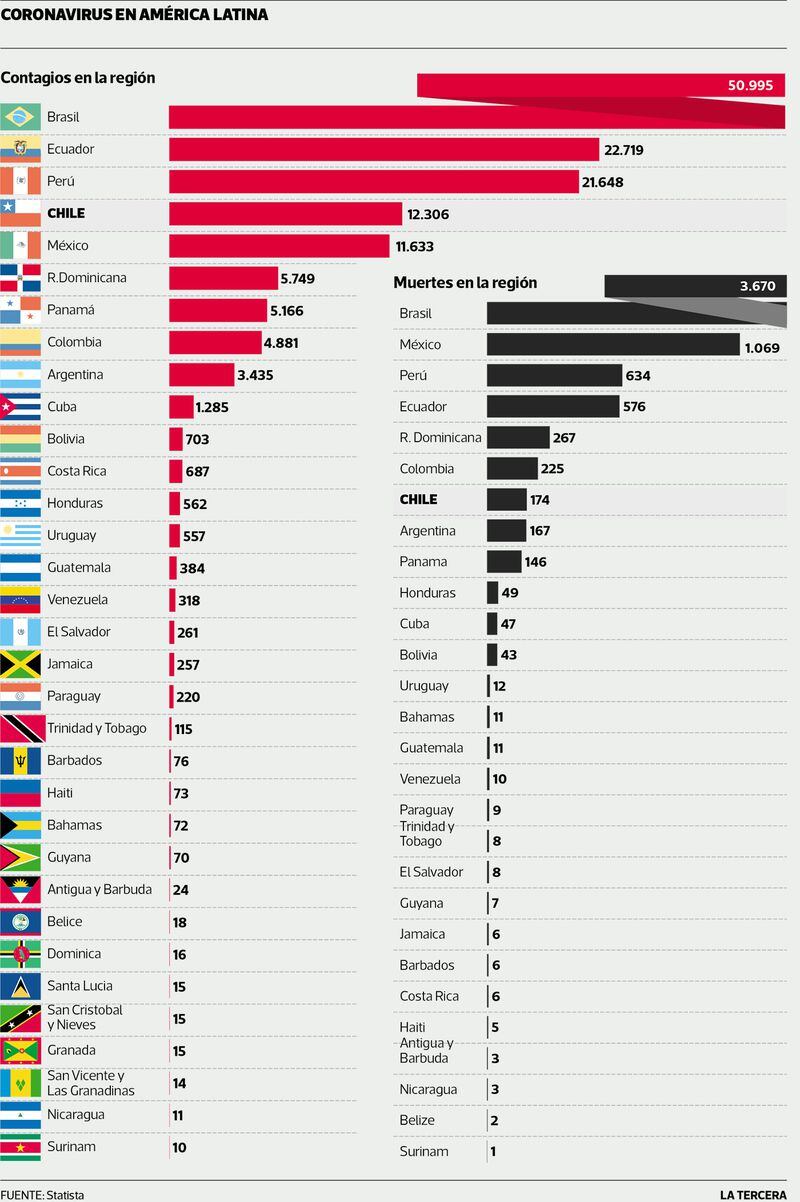
[ad_2]